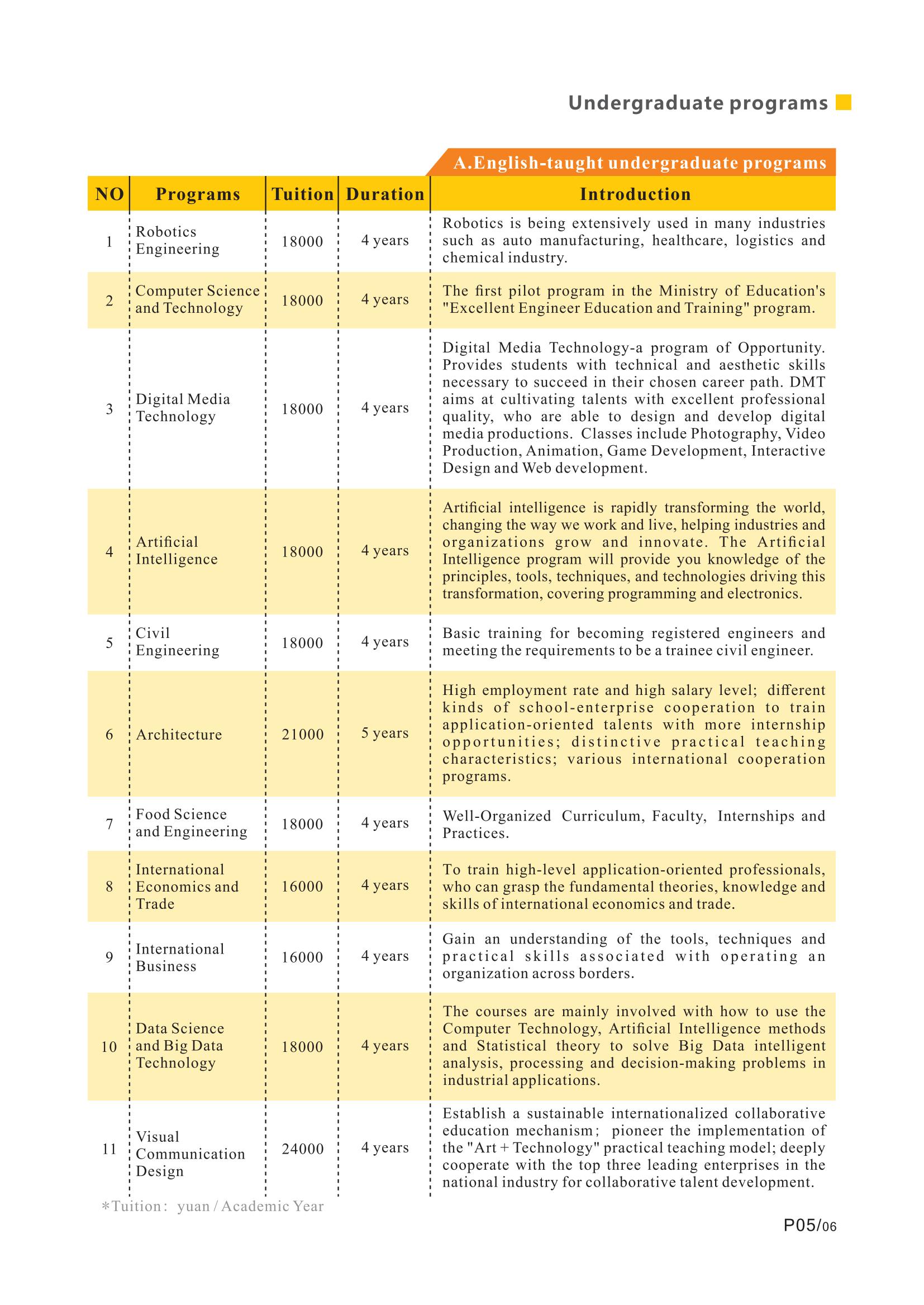Understanding the Impact of Student Loan Interest Rates 2023-2024 on Borrowers
Guide or Summary:Student Loan Interest Rates 2023-2024The Current Landscape of Student Loan Interest RatesImplications for BorrowersStrategies for Managing……
Guide or Summary:
- Student Loan Interest Rates 2023-2024
- The Current Landscape of Student Loan Interest Rates
- Implications for Borrowers
- Strategies for Managing Student Loan Debt
Student Loan Interest Rates 2023-2024
As we move into the academic year 2023-2024, students and recent graduates are grappling with the implications of student loan interest rates 2023-2024. Understanding these rates is crucial for anyone considering borrowing for their education or managing existing loans. This period is particularly significant as interest rates fluctuate due to various economic factors, including inflation and federal monetary policies.
The Current Landscape of Student Loan Interest Rates
The student loan interest rates 2023-2024 reflect a complex interplay of economic indicators. For federal student loans, the interest rates are set annually based on the 10-year Treasury note yield. For the 2023-2024 academic year, the rates have seen an increase compared to previous years, which is a trend that many financial experts anticipated. This rise has been influenced by the Federal Reserve's efforts to combat inflation, leading to higher borrowing costs across the board.
For federal undergraduate loans, the interest rate is currently at 5.50%, while for graduate students, it has risen to 7.05%. Parent PLUS loans, which are available for parents of dependent undergraduate students, have an interest rate of 8.05%. These rates represent a significant shift, especially for students who are borrowing for the first time.

Implications for Borrowers
The higher student loan interest rates 2023-2024 mean that borrowers will pay more over the life of their loans. For instance, a student borrowing $30,000 at a 5.50% interest rate will pay approximately $38,000 in total over a 10-year repayment period. This is a considerable financial burden for many graduates entering the job market, where salaries may not keep pace with rising living costs.
Moreover, the increase in interest rates has prompted many students to explore alternative financing options, including private loans. However, it's essential to note that private loans often come with variable interest rates, which can increase over time, adding to the financial uncertainty.
Strategies for Managing Student Loan Debt
Given the current environment of student loan interest rates 2023-2024, it is crucial for borrowers to develop effective strategies for managing their student loan debt. Here are a few tips:
1. **Understand Your Loans**: It's essential to know the types of loans you have, their interest rates, and repayment terms. This knowledge will help you make informed decisions about repayment.
.jpg)
2. **Consider Income-Driven Repayment Plans**: For federal loans, income-driven repayment plans can help manage monthly payments based on income levels. This can be a lifeline for graduates facing lower-than-expected salaries.
3. **Explore Forgiveness Programs**: Certain professions, especially in public service, may qualify for loan forgiveness programs. Researching and applying for these programs can significantly reduce the burden of student loans.
4. **Refinancing Options**: If you have private loans or a mix of federal and private loans, refinancing could be an option to consider. However, it's important to weigh the pros and cons, particularly the loss of federal protections and benefits.
5. **Stay Informed About Policy Changes**: The landscape of student loans is constantly evolving. Staying updated on changes in federal policies can help you take advantage of new opportunities for repayment or forgiveness.

In summary, the student loan interest rates 2023-2024 present both challenges and opportunities for borrowers. As rates increase, understanding how these changes affect your financial future is critical. By developing a comprehensive strategy for managing student loan debt, borrowers can navigate this complex landscape more effectively and work towards achieving financial stability.